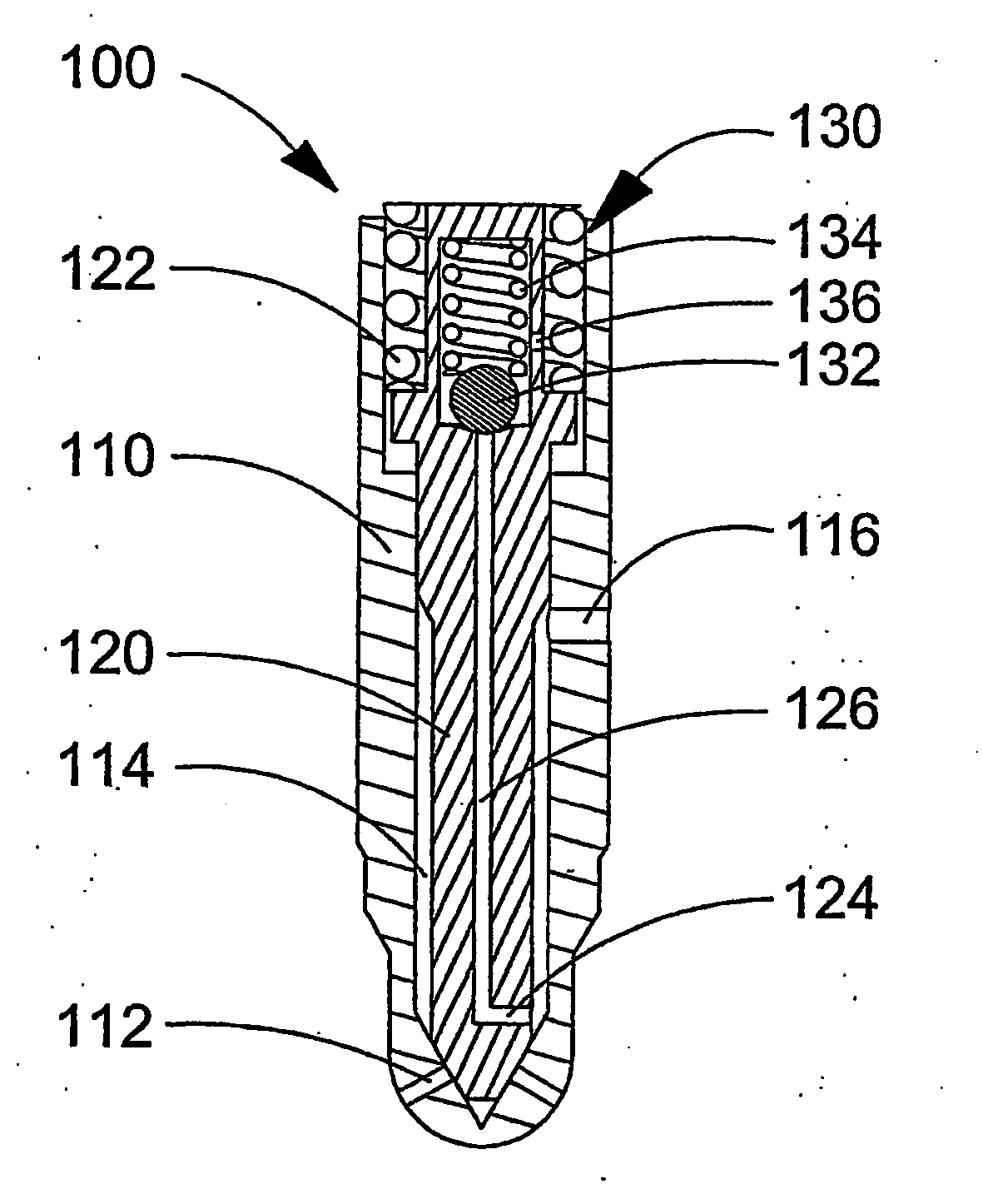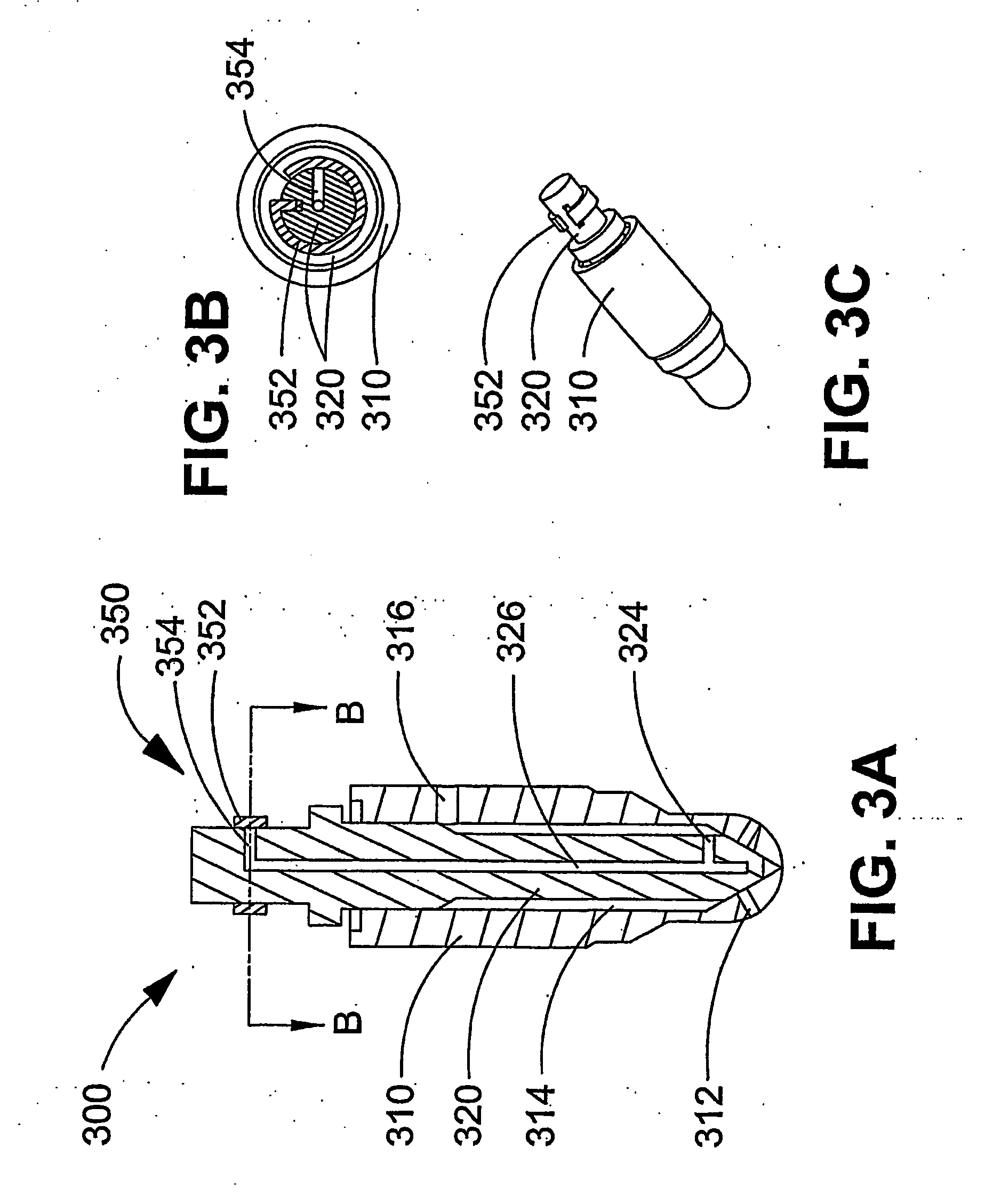Liquid cooled fuel injection valve and method of operating a liquid cooled fuel injection valve
a fuel injection valve and liquid cooled technology, which is applied in the direction of fuel injecting pumps, machines/engines, mechanical equipment, etc., can solve the problems of heat deformation of the injector tip body, the cooling provided by the flow of liquid diesel fuel through the fuel injection valve may not be sufficient to cool the injector tip, and the need for auto-ignition of much higher temperatures and pressures. achieve the effect of being durable and affordabl
- Summary
- Abstract
- Description
- Claims
- Application Information
AI Technical Summary
Benefits of technology
Problems solved by technology
Method used
Image
Examples
Embodiment Construction
)
[0066] A liquid cooled fuel injection valve is capable of using a portion of the liquid fuel contained within a fuel cavity provided within an injector tip to act as a liquid coolant for cooling the injector tip. A spring biased drain valve located within the body of the fuel injection valve or within the injection valve needle prevents fuel from flowing to drain when cooling is not required. The timing for cooling can be controlled by controlling fuel pressure within the fuel cavity whereby the drain valve is closed when fuel pressure is less than a predetermined set point. That is, the drain valve opens when fuel pressure within the fuel cavity is greater than the predetermined set point.
[0067] At start up, fuel pressure within the fuel cavity is initially low, so the drain valve can be calibrated to open after start up is over. In a preferred method, pressure within the fuel cavity is controlled so that the drain valve is shut during start up, when the engine is idling, during ...
PUM
 Login to View More
Login to View More Abstract
Description
Claims
Application Information
 Login to View More
Login to View More - R&D
- Intellectual Property
- Life Sciences
- Materials
- Tech Scout
- Unparalleled Data Quality
- Higher Quality Content
- 60% Fewer Hallucinations
Browse by: Latest US Patents, China's latest patents, Technical Efficacy Thesaurus, Application Domain, Technology Topic, Popular Technical Reports.
© 2025 PatSnap. All rights reserved.Legal|Privacy policy|Modern Slavery Act Transparency Statement|Sitemap|About US| Contact US: help@patsnap.com



